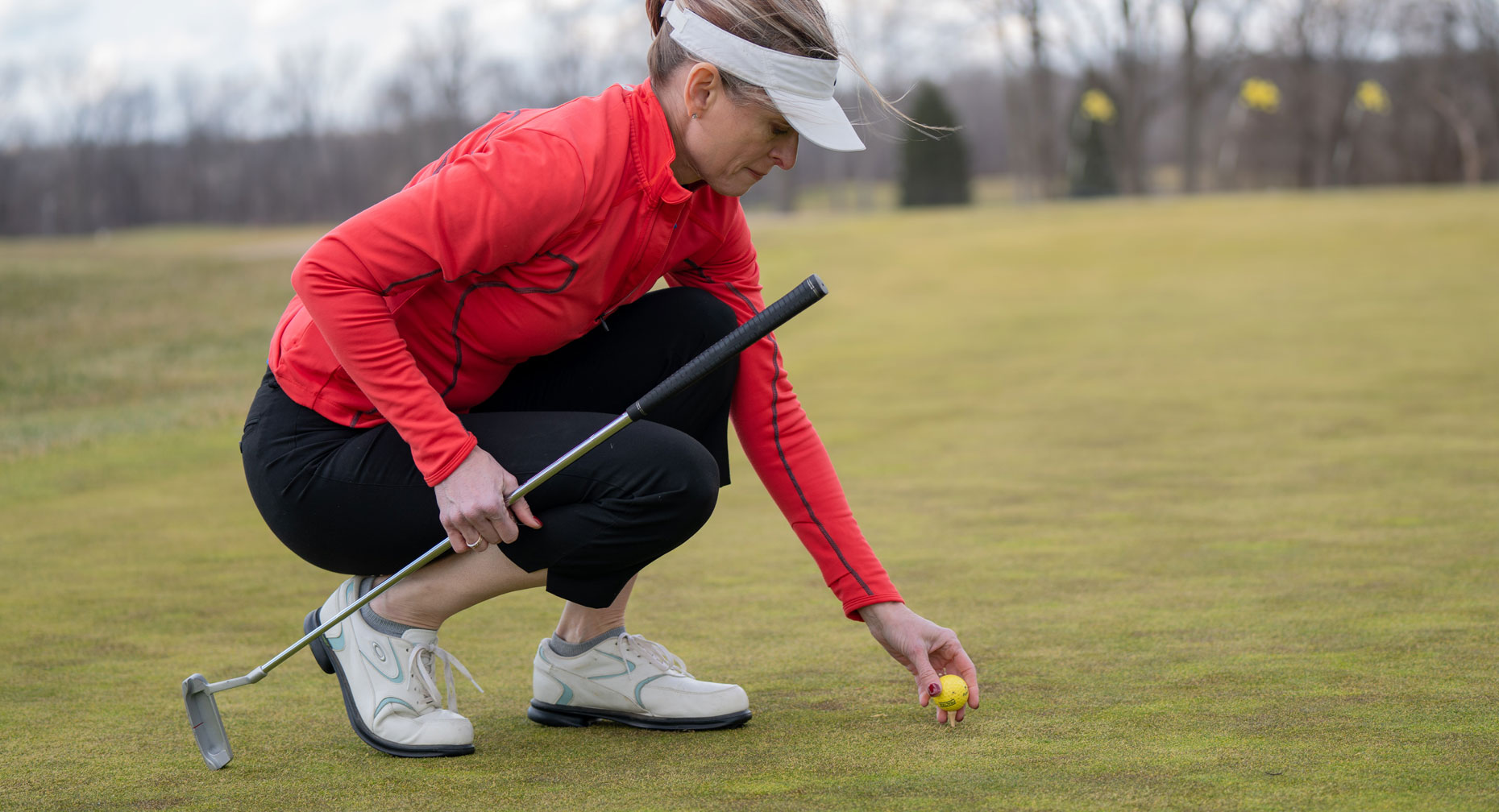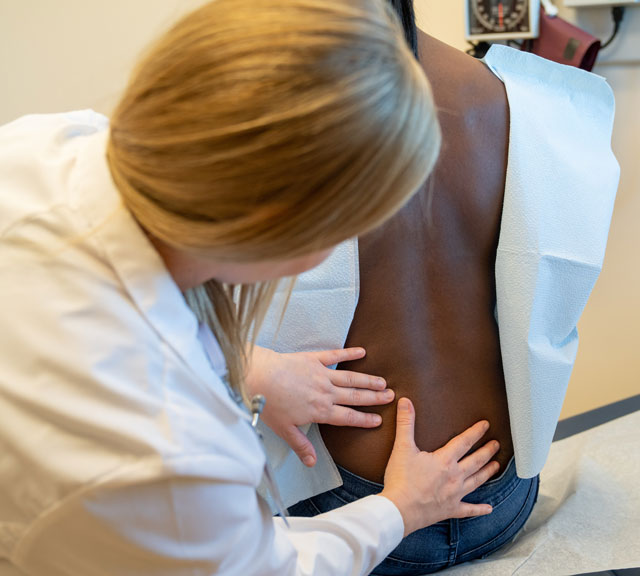Defend Your Back from Sports Injuries

Answer a few questions and we'll provide you with a list of primary care providers that best fit your needs.
Whether you’re a weekend warrior or regular athlete, your back is at risk of sports-related injuries, such as strained muscles and tendons or damaged discs and nerves in the spine.
These injuries can be painful, limit your motion and prevent you from taking part in activities you enjoy.
You can take steps to prevent a back injury. And if you do hurt your back while playing a sport, you should be able to return to the game after proper rest and recovery.
The most common sports-related back injury is low back pain or lumbar strain.
Sports That Can Injure Your Back
Many types of sports-related back injuries can impact the lower back, neck and upper back. Sports that lead to back injuries include:
- Pushing and pulling sports, such as football, rugby, and weight lifting
- Twisting sports, including basketball, baseball, golf, and tennis
- Cycling
- Dancing
- Martial arts
- Rowing
- Running
Types of Sports-Related Back Injuries

The most common sports-related back injury is low back pain or lumbar strain. This occurs when the muscles and tendons in the lower back are stretched too far. If you have lumbar strain you may feel dull or severe pain, along with muscle spasms.
Other common sports-related back injuries include:
- Hyperflexion injuries, which occur when the spine is forced forward in a tight curve, damaging nerves and discs
- Hyperextension injuries, which occur when the spine is forced backwards into an arch, damaging nerves and discs
- Disc wall tears or leaks, which can occur from repetitive use or from rigorous activity, especially if discs are already weakened from age
- Slipped or ruptured discs, which occur when a sudden increase in pressure on a weakened disc wall causes the discs to bulge or break
- Repetitive nerve injury and scarring, caused by loose ligaments that allow too much movement in the joints, leading to repeated nerve damage
- Malposture, caused by injury or poor posture, which can further damage the spine and put unnatural pressure on different parts of the back
- Fractures or breaks in the vertebrae that put extra pressure on the nerves or spinal cord
Treatments to Ease the Pain
If you injure your back, be sure to let your body rest and heal. See your doctor if the pain is severe or if you have trouble standing or walking.
Follow these tips toward recovery:
- Use ice or heat to ease pain
- Take anti-inflammatory medicines for pain
- Use exercise to strengthen abdominal muscles
- Stretch and do exercises to strengthen the lower back as it heals
If needed, your doctor may recommend spinal injections to relieve pain and inflammation.
Play It Safe When You Return to Sports
How and when you return to sports after a back injury depends on the type and severity of injury and how you feel.
A weakened back can be aggravated by rough activity, so you may want to return to a less intense sport.
To prevent injury or reinjury, follow these tips:
- Exercise to strengthen your back muscles, as well as your core muscles – in your abdomen, upper legs, and buttocks – which stabilize your spine.
- Warm up and stretch before activity.
- Use the proper form and technique for your sport to prevent sports injuries.
Talk with your health care provider for advice on preventing injury. Your doctor may recommend that you work with an athletic trainer to help you get in condition for your sport.
Answer a few questions and we'll provide you with a list of primary care providers that best fit your needs.
Source: Spinal Foundation.org; Spine Health; Medline Plus




